Freedom by Design – One Community Weekly Progress Update #308
“Freedom by Design” means giving people a way of life that frees us from economic stresses while directly including each other in the decision making processes and governance of everything that affects our lives. This includes food, energy, housing, education, social architecture, and more. Using open source and free-shared sustainable plans, we can significantly reduce the expenses of living while directly managing and stewarding all the areas most important to our wellbeing and happiness. One Community calls this living and creating for The Highest Good of All and we are creating this as a path to global sustainability.
- Here’s our project overview
- Here’s our world-change methodology
- Here’s how this becomes self-replicating
- Here’s how we are open source and free-sharing all the do-it-yourself designs
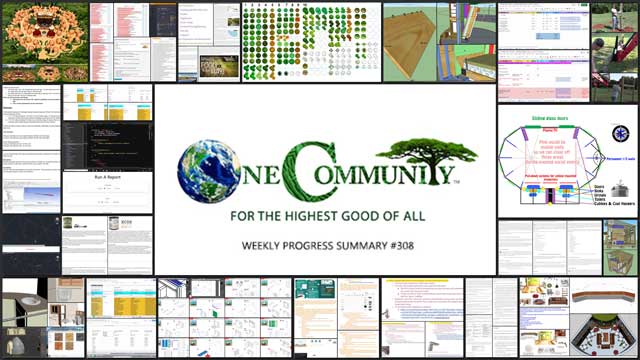
OUR MAIN OPEN SOURCE HUBS
Click on each icon to be taken to the corresponding Highest Good hub page.
One Community’s physical location will forward this movement as the first of many self-replicating teacher/demonstration communities, villages, and cities to be built around the world. This is the February 17th, 2019 edition (#308) of our weekly progress update detailing our team’s development and accomplishments:
Freedom by Design
One Community Progress Update #308
Here is the bullet-point list of this last week’s design and progress discussed in detail in the video above:
FREEDOM BY DESIGN: INTRO: @0:34
FREEDOM BY DESIGN: HIGHEST GOOD HOUSING: @5:58
- Continued design updates to the open source Murphy bed furniture assembly details (see below)
- Hemanth Kotaru completed his 29th week helping with the structural engineering research and calculations for the Earthbag Village, finishing initial cost analysis and summary for why we chose 12D nails (see below)
- Anvita Kumari Pandey completed her 32nd week volunteering and helping with the Earthbag Village Materials and Costs, working on the 6 dome cluster patio and Tropical Atrium cost analysis details (see below)
- Shadi Kennedy completed his 40th week leading the development of the Murphy bed instructions (see below)
- Dan Alleck completed his 37th week helping with Earthbag Village render additions, finalizing colors and perimeter plants in view of the complete village looking North (see below)
- Dean Scholz continued working on the Earthbag Village, finishing details for most of the internal furniture and starting to test textures (see below)
- Elizabeth Kahn began researching sustainable spigot options for the most sustainable spigot options page we’re developing (see below)
FREEDOM BY DESIGN: DUPLICABLE CITY CENTER: @8:22
- Continued with week 6 of our research into lake and water retention landscape creation as an alternative source of water for the Duplicable City Center Sprinkler and Emergency Systems Designs, agriculture, greywater processing, and more (see below)
- Continued building the new page sharing the best, safest, and most sustainable paints, stains, varnishes, and sealants (see below)
- Tanya Griffin, Aubryanne Boyle, and Allie Marsh completed their 7th week helping with the Duplicable City Center interior design details (see below)
- James Herrigel completed his 10th week researching the best, safest, and most sustainable paints, primers, stains, and sealers (see below)
- Sneha Dongre joined the team and completed her 1st week helping with the Duplicable City Center structural details (see below)
- Continued adding all the Highest Good Food rollout plan details to our staging page (see below)
- Continued writing the behind-the-scenes narrative and detailed food rollout plan for the various stages of development (see below)
- Continued research and 3D design of the chicken coops needed for 100 chicks (see below)
- Added several new sections and additional details and resources to the Swales, Hügelkultur, and Soil Preparation and Amendment sections of the Soil Amendment open source hub (see below)
- Guy Grossfeld completed his 7th week working on creating an open source icon and symbol set for our permaculture designs (see below)
FREEDOM BY DESIGN: HIGHEST GOOD EDUCATION: @12:04
- With over 8 years of development invested in the Education for Life component, this part of One Community is now complete enough to no longer focus and report on it with weekly updates. That is, of course, until we move onto the property and continue the development and open sourcing process with teachers and students. Visit the Education section below for links to all the completed elements of this component and details on the final remaining action items for this area of One Community before moving onto the property and fully launching it.
- Continued working on the structural redesign of the Ultimate Classroom, evolving last week’s design to add more space, bathrooms, cubby storage, sinks, etc. (see below)
FREEDOM BY DESIGN: HIGHEST GOOD SOCIETY: @13:21
- Finished the rest of the broken and incorrect links throughout our entire 1200+ page website and then ran multiple new reports (see below)
- Jin Hua created another two new video tutorials about keyword “refactoring” and improving our keyword research and campaign design process (see below)
- Emilio Nájera continued with his 19th week as part of the marketing team, focusing on using Jin’s videos and refactoring the sustainable village, Temporary Kitchen, Large Scale Gardening, Food Forest, and Hoop House keyword strategies (see below)
- Highest Good Network software team consisting of Jordan Miller, Tyler Calvert and Justin Kunz continued developing the software (see below)
FREEDOM BY DESIGN: SUMMARY: @15:05
-
-
- How you can most help us right now and how anyone can help
-
CLICK HERE IF YOU’D LIKE TO RECEIVE AN EMAIL EACH WEEK WHEN WE RELEASE A NEW UPDATE
YOU CAN ALSO JOIN US THROUGH SOCIAL MEDIA
ONE COMMUNITY WEEKLY UPDATE DETAILS
FREEDOM BY DESIGN
FREEDOM BY DESIGN: HIGHEST GOOD HOUSING PROGRESS
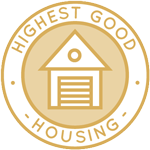 One Community is demonstrating freedom by design through Highest Good housing that is artistic and beautiful, more affordable, more space efficient, lasts longer, DIY buildable, and constructed with healthy and sustainable materials:
One Community is demonstrating freedom by design through Highest Good housing that is artistic and beautiful, more affordable, more space efficient, lasts longer, DIY buildable, and constructed with healthy and sustainable materials:
-
-
- Learn about: Our Upcoming Crowdfunding Campaign
- Learn about the different village models: 7 Sustainable Village Models
- Visit the open source portals for the first two: Earthbag Village OS Hub | Straw Bale Village OS Hub
-
This week the core team continued design updates to the open source Murphy bed furniture assembly details. This week we confirmed bed swing clearance, checked dimensions of parts 0, WT28 and WT17, and added a headboard option. You can see some of this work here.
Hemanth Kotaru (Structural Engineer) completed his 29th week helping with the structural engineering research and calculations for the Earthbag Village (Pod 1). This week he finished the initial cost analysis and summary for why we chose 12D nails. You can see some of this work-in-progress here.
Anvita Kumari Pandey (Civil Engineer) also completed her 32nd week volunteering and helping with the Earthbag Village Materials and Costs. This week she worked on the 6 dome cluster patio and Tropical Atrium cost analysis details by calculating volumes and quantities of materials and researching their costs. You can see some of this work here.
Shadi Kennedy (Artist and Graphic Designer) also completed his 40th week leading the development of the Murphy bed instructions. This week’s focus was making diagrams illustrating the installation of the frame and upright post sections, updating the details and parts for assembly of the base for the bed frame, the bed frame itself, and the feet from the bed frame assembly section. You can see some of this work-in-progress here.
Dan Alleck (Designer and Illustrator) completed his 37th week helping with Earthbag Village render additions. This week he finalized improving the colors and perimeter plants in this view of the complete village looking North and added it to the 3-perspectives image and adjusted all that image’s colors so they are better matched.
Dean Scholz (Architectural Designer) continued working on the Earthbag Village (Pod 1). Here is weekly update #149 from Dean. This week’s focus, as shown in these images, was finishing details for most of the internal furniture and starting to test textures.
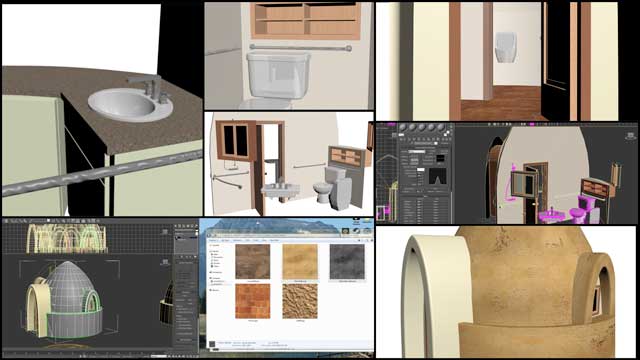
Finished Details for Most Internal Furniture and Began to Test Textures – Click for Earthbag Village
And Elizabeth Kahn (Environmental Consultant) completed her 8th week as a researcher with our team. This week she began researching sustainable spigot options for the most sustainable spigot options page we’re developing. You can see some of this work-in-progress here.
FREEDOM BY DESIGN: DUPLICABLE CITY CENTER PROGRESS
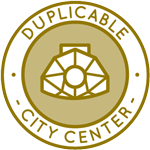 One Community is demonstrating freedom by design through a Duplicable and Sustainable City Center that is LEED Platinum certified/Sustainable, can feed 200 people at a time, provide laundry for over 300 people, is beautiful, spacious, and saves resources, money, and space:
One Community is demonstrating freedom by design through a Duplicable and Sustainable City Center that is LEED Platinum certified/Sustainable, can feed 200 people at a time, provide laundry for over 300 people, is beautiful, spacious, and saves resources, money, and space:
-
-
- Learn about this building and it’s function: Duplicable City Center Open Source Hub
-
This week, the core team continued with week 6 of our research into lake and water retention landscape creation as an alternative source of water for the Duplicable City Center Sprinkler and Emergency Systems Designs, agriculture, greywater processing, and more. This week we focused on describing the design specifics and different applications of the various kinds of dams. You can see some of this work here.
The core team also continued building the new page sharing the best, safest, and most sustainable paints, stains, varnishes, and sealants. We finished the LEED tutorial section and added the best sources for sustainable stains. You can see some of this work here.
Tanya Griffin, Aubryanne Boyle, and Allie Marsh (Interior Designers from Lotus Designs) also completed their 8th week helping with the Duplicable City Center interior design details. This week’s focus was finishing the concept boards shown here that outline, highlight, and summarize the total space. You can see some of this work here.
And James Herrigel (Student Researcher) also completed his 11th week researching the best, safest, and most sustainable paints, primers, stains, and sealers. This week’s focus was another round of research and writing up the details for the most sustainable stain options. You can see some of this behind-the-scenes work here.
Sneha Dongre (Structural Engineer) also joined the team and completed her 1st week helping with the Duplicable City Center structural details. This week she learned how to export the updated designs from the Sketchup 3D file and began the process of removing all the non-structural lines and components.
FREEDOM BY DESIGN: HIGHEST GOOD FOOD PROGRESS
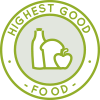 One Community is demonstrating freedom by design through Highest Good food that is more diverse, more nutritious, locally grown and sustainable, and part of our open source botanical garden model to support and share bio-diversity:
One Community is demonstrating freedom by design through Highest Good food that is more diverse, more nutritious, locally grown and sustainable, and part of our open source botanical garden model to support and share bio-diversity:
-
-
- Learn about the structures: Hoop House Hub | Aquapini & Walipini Open Source Hub
- See what we’ll be growing: Gardens & Hoop Houses | Large-scale Structures | Food Forest | TA
-
This week, the core team continued adding all the Highest Good Food rollout plan details to our staging page. This week we wrote most of the details for the 10-20 person rollout section. You can see some of this behind-the-scenes work here.
The core team also continued writing the behind-the-scenes narrative and detailed food rollout plan for the various stages of development. This week we continued research into what kind of fence is best for goats. We found a detailed video (Corner Post Installation and Bracing – Detailed Video) that clearly demonstrates corner fencing and bracing the corners for added strength. Because of the quality and informative nature of this video we will be researching further videos by the same author relating to gate installation and fence stretching.
And the core team continued research and 3D design of the chicken coops needed for 100 chicks. This week we researched ventilation, and redesigned the windows for even better light and ventilation by installing two upper vents, adding adjustable sliding ventilation hatches, a pop hole, night resting racks, and landing rods in front of the nesting boxes. You can see some of this behind-the-scenes work here.
Additionally, the core team added several new sections and additional details and resources to the Swales, Hügelkultur, and Soil Preparation and Amendment sections of the Soil Amendment open source hub. You can see some of this work here.
And last but not least, Guy Grossfeld (Graphic Designer) completed his 7th week working on creating an open source icon and symbol set for our permaculture designs. What you see here are the icons created so far.
FREEDOM BY DESIGN: HIGHEST GOOD EDUCATION PROGRESS
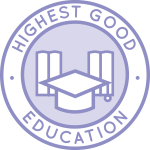 One Community is building the foundations for how humanity creates a sustainable world through Highest Good education that is for all ages, applicable in any environment, adaptable to individual needs, far exceeds traditional education standards, and more fun for both the teachers and the students. This component of One Community is about 95% complete with only the Open Source School Licensing and Ultimate Classroom construction and assembly details remaining to be finished. With over 8 years of work invested in the process, the sections below are all complete until we move onto the property and continue the development and open sourcing process with teachers and students – a development process that is built directly into the structure of the education program and everything else we’re creating too:
One Community is building the foundations for how humanity creates a sustainable world through Highest Good education that is for all ages, applicable in any environment, adaptable to individual needs, far exceeds traditional education standards, and more fun for both the teachers and the students. This component of One Community is about 95% complete with only the Open Source School Licensing and Ultimate Classroom construction and assembly details remaining to be finished. With over 8 years of work invested in the process, the sections below are all complete until we move onto the property and continue the development and open sourcing process with teachers and students – a development process that is built directly into the structure of the education program and everything else we’re creating too:
- Program Overview: Education Open Source Hub
- How the components work together: How to use the Education for Life Program
- Lesson Plans for Life – Lesson Plans How-to
- Foundations of Outstanding Leaders, Teachers, and Communicators
- Curriculum for Life
- Teaching Strategies for Life
- Learning Tools and Toys for Life
- Evaluation and Evolution
This week the core team continued working on the structural redesign of the Ultimate Classroom. This week we evolved last week’s design to add more space, bathrooms, cubby storage, sinks, and the other details shown here.
FREEDOM BY DESIGN: HIGHEST GOOD SOCIETY PROGRESS
 One Community is demonstrating freedom by design through a Highest Good society approach to living that is founded on fulfilled living, the study of meeting human needs, Community, and making a difference in the world:
One Community is demonstrating freedom by design through a Highest Good society approach to living that is founded on fulfilled living, the study of meeting human needs, Community, and making a difference in the world:
-
-
- Read the Highest Good society overview: Highest Good Society
- Learn about the model for fulfilled living and sharing: A Day in the Life
- Learn about the 4 economic models: RBE | For-profit | Non-profit | Entrepreneurship
- Learn about our open source community collaboration and management software: The Highest Good Network
-
This week the core team finished the rest of the broken and incorrect links throughout our entire 1200+ page website and then ran multiple new reports to confirm the site is cleared of broken links. You can see some of this work and process here.
Jin Hua (Web and Graphic Designer) created another two new video tutorials about keyword “refactoring” and improving our keyword research and campaign design process. Refactoring is removing broad or useless keywords. You can see some screenshots from these videos here.
Emilio Nájera (Digital Marketer) also continued with his 19th week as part of the marketing team. This week’s focus was using Jin’s videos and refactoring the sustainable village, Temporary Kitchen, Large Scale Gardening, Food Forest, and Hoop House keyword strategies. You can see some of this work here.
In addition to this, the Highest Good Network software team consisting of Jordan Miller (Web Developer), Tyler Calvert (Full-stack Software Engineer), and Justin Kunz (Software Engineer) continued developing the software. This week the team started building new Redux routes for projects & team pages, created the front-end design template for the reports page, added the ability to run reports on multiple teams/projects/people, continued developing the user interface for user management, and replaced bootstrap with react-strap. You can see some of this work here.
AND WE PRODUCED THIS WEEKLY UPDATES BLOG – CLICK HERE TO SUBSCRIBE
FOLLOW ONE COMMUNITY’S PROGRESS (click icons for our pages)
FREEDOM BY DESIGN: INVESTOR PAGES
FREEDOM BY DESIGN: GET INVOLVED
CONSULTANTS ● WAYS ANYONE CAN HELP ● MEMBERSHIP
CLICK HERE FOR ALL PAST UPDATES
WHAT ONE COMMUNITY IS CREATING
FREEDOM BY DESIGN
One Community is creating a place to grow together and change the world together. We are creating a space that helps each other live in integrity with each other and the planet as we strive to be the greatest versions of ourselves. We do this by harmoniously respecting each other, nature, and the rest of our one shared planet, guided by freedom by design.
Our goal is to demonstrate what we feel is the most sustainable, healthy, and fun environment we can create. A place based on compassion, kindness, and collaboration. This replicable community will serve as an example of what is possible, guided by freedom by design.
Throughout our design process, we are open sourcing and free-sharing everything needed for construction and replication. This includes what we call “Highest Good” approaches to food, energy, housing, education, for-profit and non-profit economics design, social architecture, fulfilled living, stewardship practices, and more. We are creating these resources for implementation as individual components or complete developments called teacher/demonstration hubs. These hubs will help launch additional hubs as awareness and knowledge grow, guided by freedom by design.
FREEDOM BY DESIGN: BUILDING THE FIRST OF MANY
One Community will be the first teacher/demonstration hub. It will function as an experiential-learning model that facilitates mass participation to address humanity’s most pressing challenges through: A replicable model for expansion, building seven self-sufficient village/city prototypes, becoming the world leader in open-source sustainability solutions, and evolving and expanding ALL aspects of sustainable living, guided by freedom by design.
WHY ONE COMMUNITY IS CREATING THIS FREEDOM BY DESIGN
The One Community self-replicating model, guided by freedom by design, is capable of creating a sustainable planet within 30 years. We will achieve this by establishing successful teacher/demonstration hubs on every continent. Villages include designs appropriate for each of the five main types of climates. They also include options for even the most challenged economies. These hubs will collaborate with one another, share ideas, and resources, and work together as a network to heal the planet. They will also transform the global lifestyle into a more enjoyable, fulfilling, healthy, and sustainable one.
The specifics of how One Community is accomplishing this, guided by freedom by design, can be found on the One Community Solution Model to Create Solution-creating Models Page. Research supporting and showing the benefits of a model like this can be found in our Research and Resources Articles Archive.
Even if we don’t achieve our ultimate goal of global transformation, a self-replicating teacher/demonstration model like this, guided by freedom by design, will take a relatively short period of time to positively affect millions while inspiring millions more. For One Community residents (the Pioneer Team), the idea of creating and sharing the social and recreational experience with visitors is also fun, exciting, fulfilling, and an additional reason why we are creating this, guided by freedom by design.
INSPIRING SUSTAINABILITY WITH OPEN SOURCE
One Community’s four-phase strategy for the creation of solution models that create solution creating models uses open source blueprints for duplication that simultaneously address all aspects of the human experience (food, energy, housing, education, social inequality and injustice, fulfilled living, etc.), guided by freedom by design. We see these areas as interdependent and requiring a comprehensive solution if humanity is to move ecologically, socially, economically, and permanently towards a truly sustainable future for everyone.
Our open source model and blueprints engage and inspire people while simultaneously making sustainable living more affordable and easy to replicate, guided by freedom by design. By free-sharing the step-by-step plans people need for duplication, inviting people to participate, and demonstrating sustainable teacher/demonstration hubs as a more desirable way of living, the model will predictably expand on its own.
It is this approach, guided by freedom by design, we see uniting the world and leading to a new Golden Age for humanity. While we understand that not everyone believes this is even possible, we are nonetheless bringing together all those that do see this as possible as the non-profit think tank of forward-thinking individuals willing to design, build, and open source project-launch blueprint and free-share it for The Highest Good of All.
COMPREHENSIVE SOLUTION TO HUMANITY’S NEEDS
One Community is open source sharing an evolution of sustainable living that addresses the complete human experience, guided by freedom by design. We are doing this because we see the solutions for global food, housing, energy, education, social inequality, ethical business practices, earth regenerative practices, and a desire for a more fulfilling living experience as inseparably interconnected. As a comprehensive solution, we are addressing all these areas simultaneously and open source free-sharing everything needed for individual duplication and/or duplication as complete self-replicating teacher/demonstration communities, villages, and cities to be built around the world.
As we address and open source share these areas we will establish a living example of the first teacher/demonstration village purposed to teach others, guided by freedom by design. To maximally facilitate duplication, One Community will provide seven duplicable examples and function indefinitely as a place people can visit and a non-profit and open source think tank continuing to further evolve and share solutions in all of the above areas and more. We will also provide hands-on experience and training. Most importantly, growing upon our sustainable foundation, we will endlessly make this comprehensive solution even more widely known and globally accessible, understandable and diversely duplicable, and inspiring and desirable as a model worth duplicating.
GLOBALLY IMPLEMENTABLE REPLICATION MODEL
The more people that are inspired and desiring for themselves what it is that One Community creates, the more demand there will be for spreading the One Community model, guided by freedom by design. This leads to the directing of financial resources and resourceful people where we believe they are needed most: the establishment of additional sustainable communities around the world. We also feel this duplication will specifically happen quickly internationally due to the affordability of overseas land, less restrictive building environments, and the spirit of adventure in many people who really desire to make a difference for those who need it most.
To meet the increasing demand for sustainability that we are contributing to, we are coordinating with manufacturers, education institutions, individuals, and vendors, guided by freedom by design. This is also part of this model to help the world. Its purpose is to facilitate more engagement in the sustainability industry, produce the absolute best possible consumer value, and the most convenient delivery of goods and methodologies for building sustainable living communities and sustainable living components.
This means we not only provide education and increase needed sustainability resources, but we also address the underlying roadblocks to a sustainable planet by decreasing the cost and simultaneously increasing the demand and generating financial support for global sustainability, philanthropy, and humanitarian movements and organizations, guided by freedom by design.
As demand increases, so too will the ways to participate, guided by freedom by design. Right now people are participating as consultants or partners donating time to our 501(c)(3) nonprofit organization, and others are more involved as Pioneers of the core team that will be moving to the property. We also have options for people to just follow our progress or participate through internet contribution.
Once the supportive physical infrastructure is about 30% developed, One Community will be ready to additionally expand what we offer to include scholarships, free weekend learning groups, core team members choosing to travel abroad to help others get established too, handling the marketing for all similar models operating for The Highest Good of All, and hosting classes and other sponsored events to promote and demonstrate additional methodologies, all guided by freedom by design.
We also imagine the high likelihood that our organization will become a foundation that can be trusted as the donation point for the distribution of monies to help others to establish this model also, guided by freedom by design.
 One Community
One Community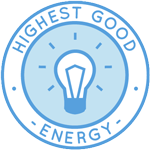

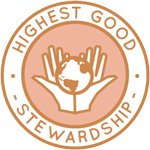
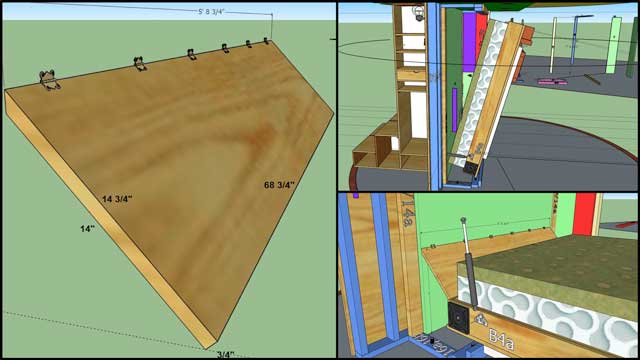
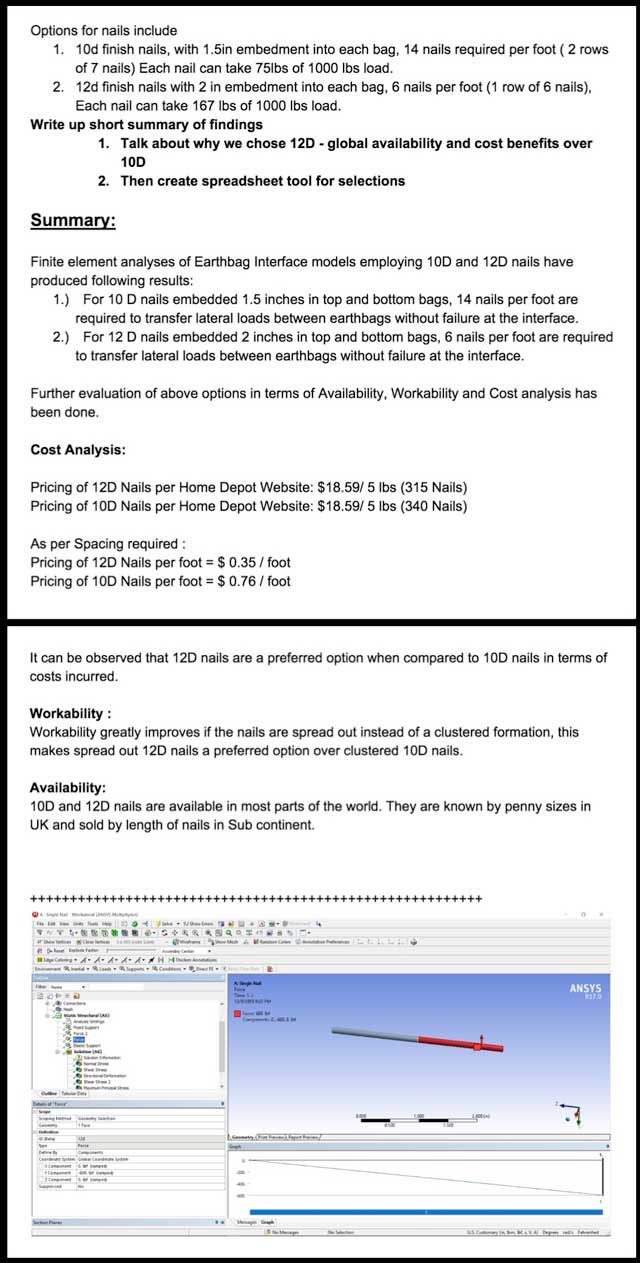
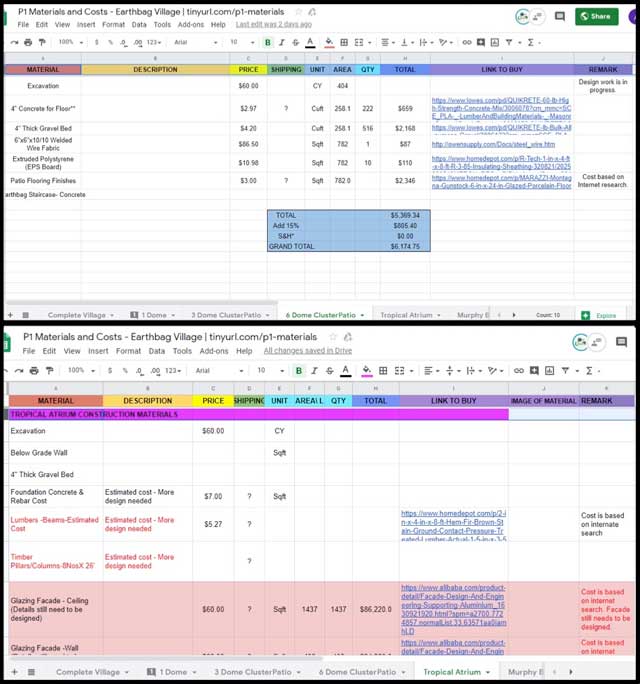

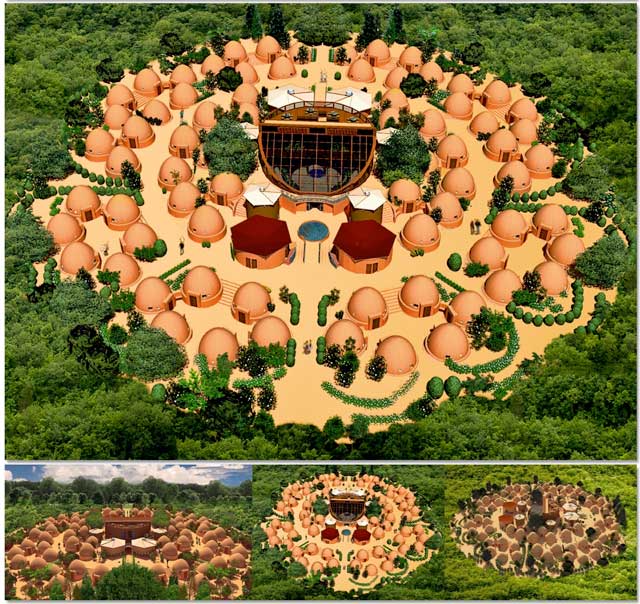
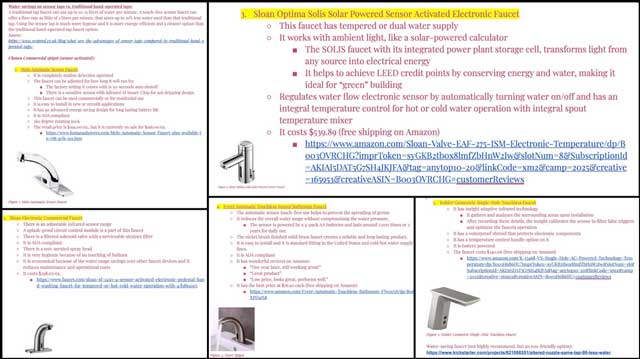
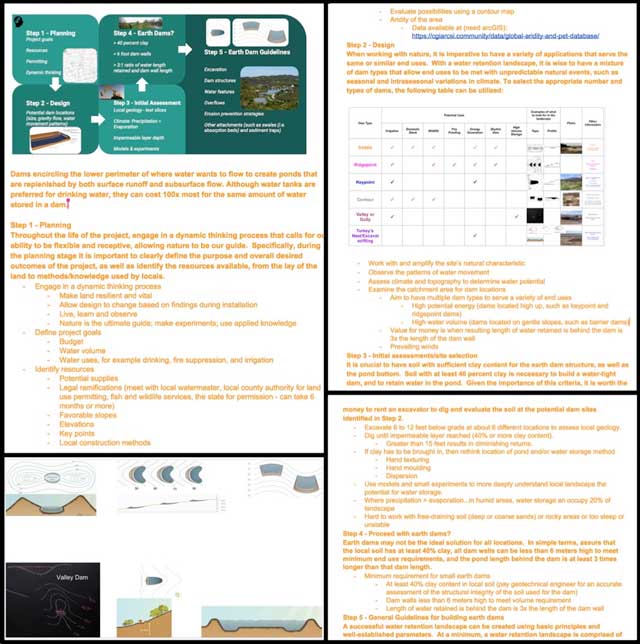
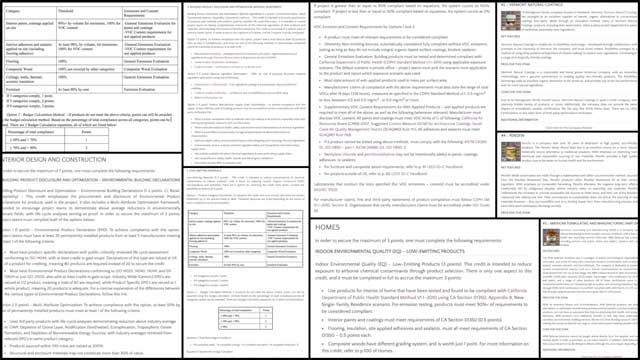
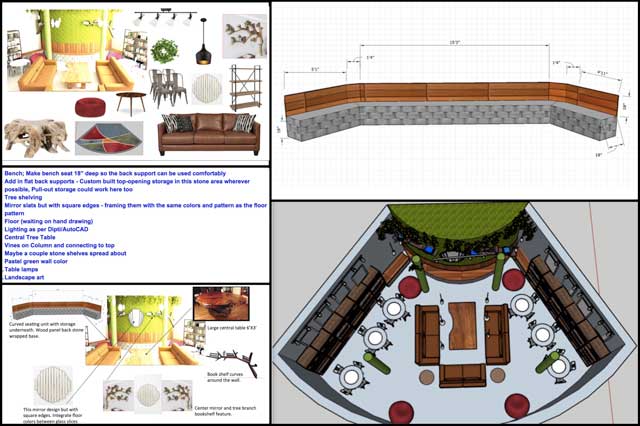
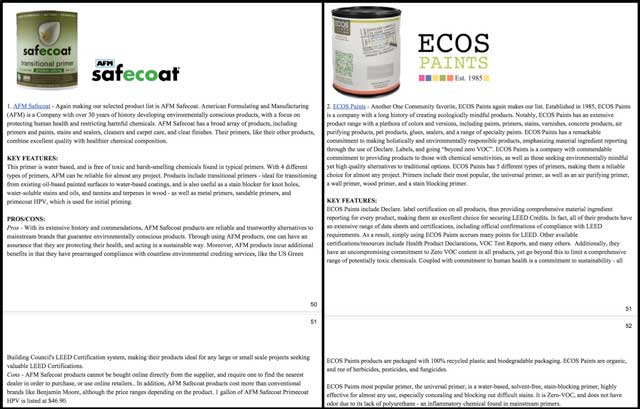
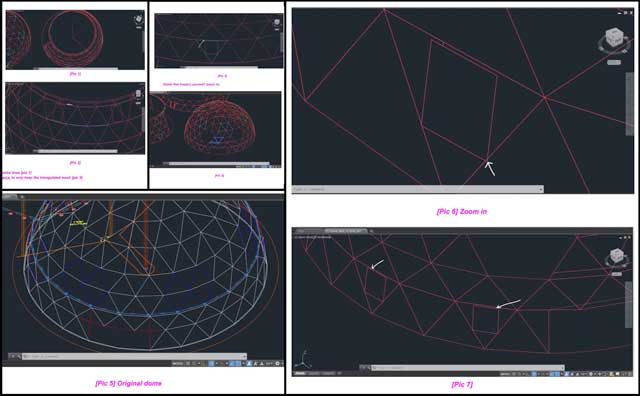
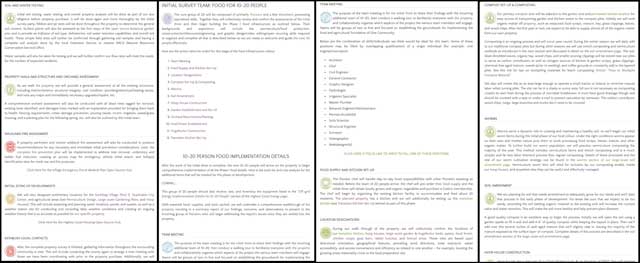
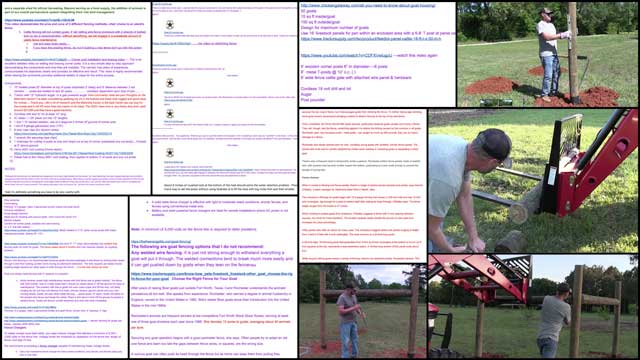
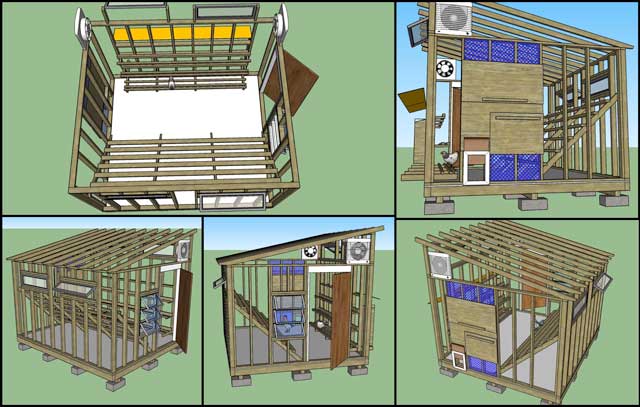
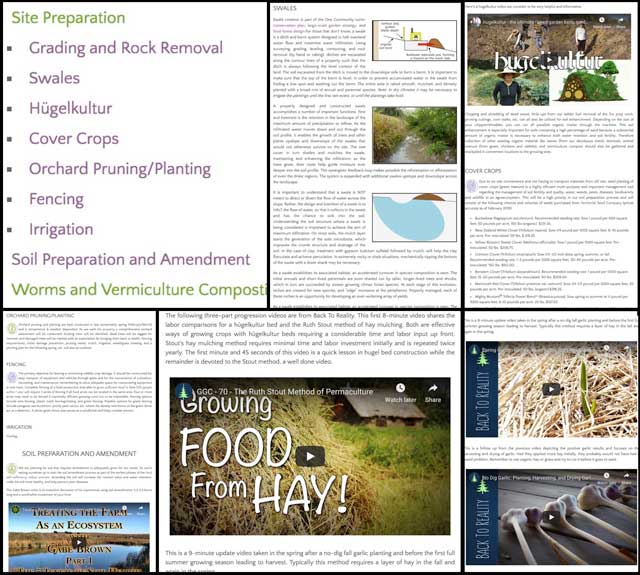
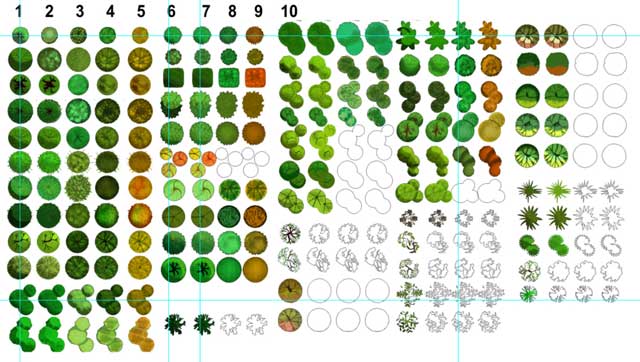
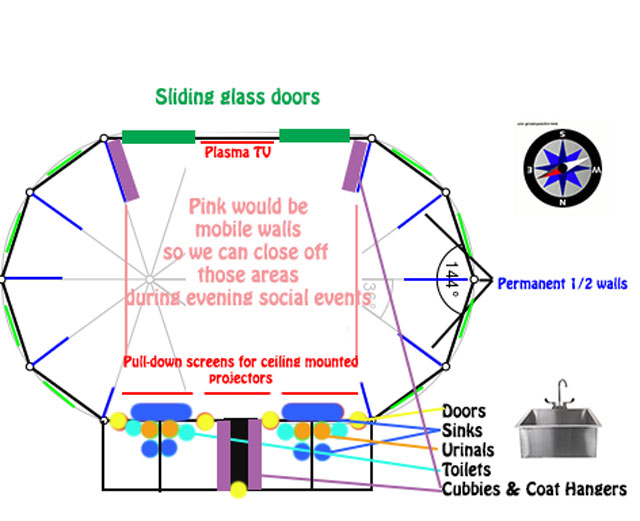
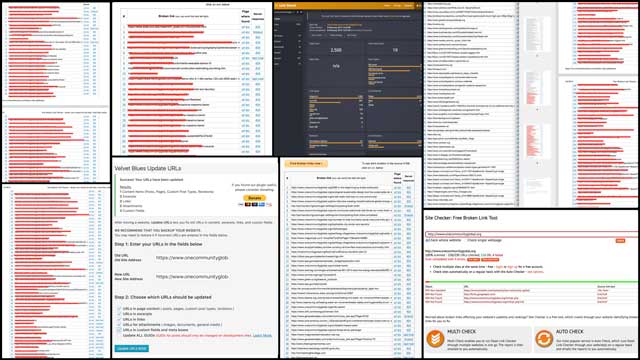
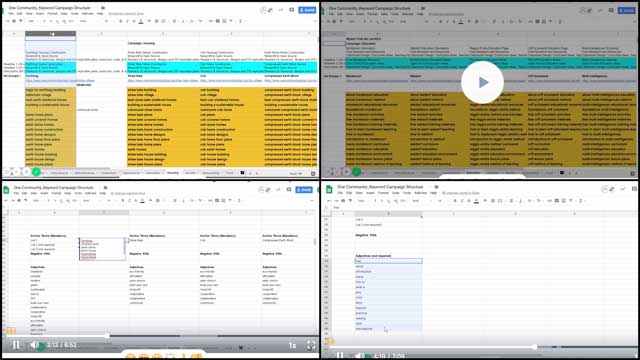
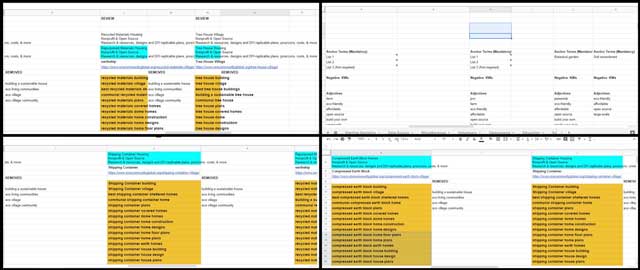
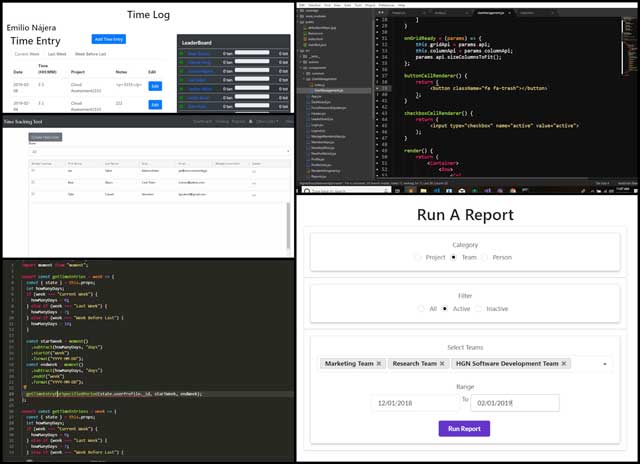
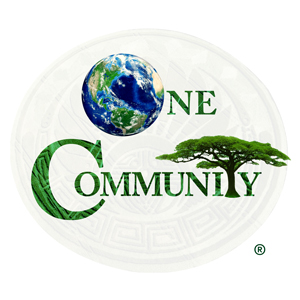


Connect with One Community